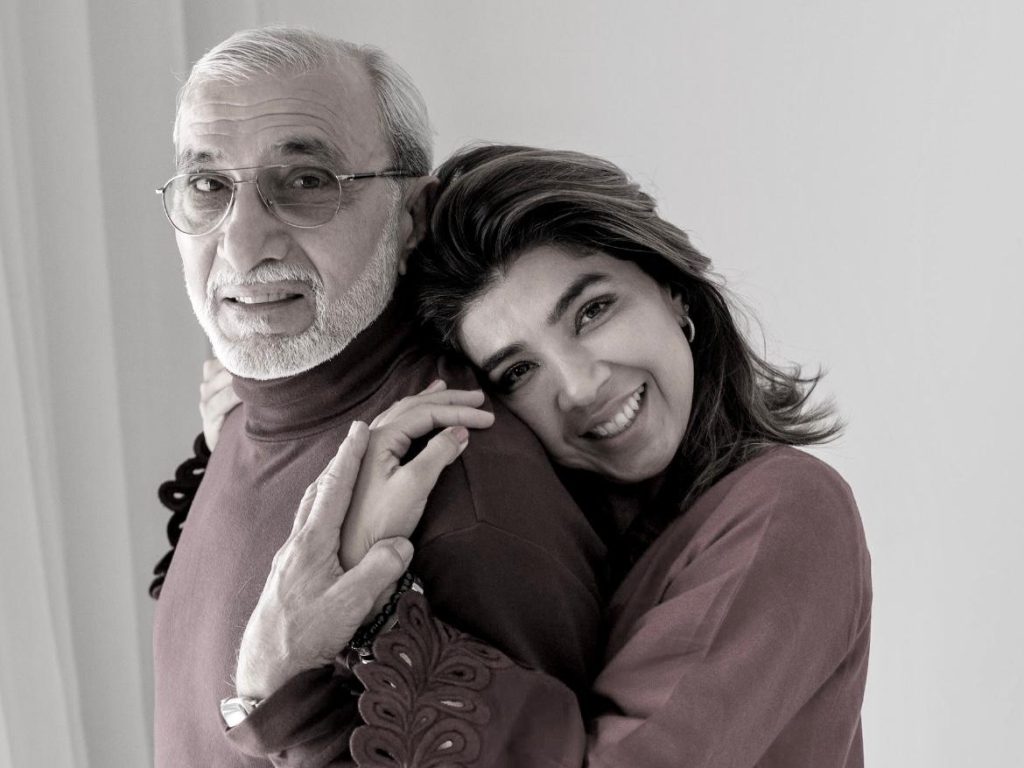Setting Boundaries: The Key to Protecting Your Peace and Power
Setting boundaries is one of the most powerful acts of self-care. It’s about defining what is acceptable and what isn’t in your life, protecting your time, energy, and emotional well-being. Boundaries aren’t about shutting people out but about showing up authentically and maintaining healthy relationships. When you set clear boundaries, you respect yourself and teach others how to respect you too. But let’s be real—setting boundaries isn’t easy, especially if you’re used to people-pleasing or avoiding conflict. The good news? Boundaries are a skill you can learn and strengthen over time. In this guide, we’ll explore how to set effective boundaries through three simple steps: Understanding Your Needs, Communicating Clearly, and Staying Consistent and Firm. Let’s dive in! Understanding Your Needs: Knowing Where to Draw the Line Setting boundaries starts with self-awareness. You can’t set effective boundaries if you don’t know where you stand. It’s about recognizing your limits—what makes you feel comfortable, safe, and respected. Understanding your needs helps you identify where you need boundaries, whether in relationships, work, or personal time. Reflect on situations that drain your energy or make you feel overwhelmed. These are often signs that boundaries are needed. Pay attention to your emotions—anger, frustration, and resentment are usually signals that your boundaries are being crossed. By understanding your needs and limits, you lay the foundation for setting clear and effective boundaries that protect your peace and power. Communicating Clearly: Setting Boundaries Without Guilt Once you understand your needs, the next step is to communicate your boundaries clearly and confidently. This is often the hardest part because it involves being assertive and potentially facing pushback. However, setting boundaries isn’t about hurting others; it’s about taking care of yourself. You don’t need to apologize or feel guilty for setting boundaries that protect your well-being. Use clear, direct language when communicating your boundaries. Be firm but respectful, and avoid over-explaining or justifying your needs. For example, instead of saying, “I’m sorry, but I can’t help you right now,” try, “I won’t be able to help you today, but I hope you understand.” Practice saying “no” without guilt. Remember, you have the right to prioritize your needs, and setting boundaries allows you to show up more authentically in all areas of your life. Staying Consistent and Firm: Enforcing Boundaries with Confidence Setting boundaries is one thing; sticking to them is another. People may test your boundaries, especially if they’re not used to you asserting yourself. This is why consistency is crucial. If you waver or back down, others won’t take your boundaries seriously. Stay firm and consistent, even if it feels uncomfortable at first. If someone crosses your boundary, calmly remind them of your limit. For example, if you’ve set a boundary about work calls after hours, gently reinforce it by saying, “I’ll respond to this tomorrow during work hours.” Consistency builds respect, and over time, people will learn to respect your boundaries without pushback. Remember, enforcing boundaries isn’t about being rigid or harsh—it’s about honoring your needs and protecting your well-being. Reflections and Exercises Identify Your Needs Exercise Reflect on areas of your life where you feel overwhelmed or drained. Write down what situations trigger these feelings and why. This will help you identify where you need boundaries. Boundary Script Practice Practice communicating your boundaries using clear, direct language. Role-play with a trusted friend or in front of a mirror. This builds confidence in asserting your needs without guilt. Consistency Challenge Choose one boundary to practice consistently this week. Track your progress and notice how it impacts your well-being. Staying consistent reinforces your boundaries and teaches others to respect them. Final Thought Setting boundaries isn’t about being selfish or distant—it’s about protecting your peace, energy, and emotional well-being. When you understand your needs, communicate clearly, and stay consistent, you reclaim your power and show up authentically. Start small, stay firm, and remember: Your boundaries are a reflection of your self-worth. You’ve got this!





